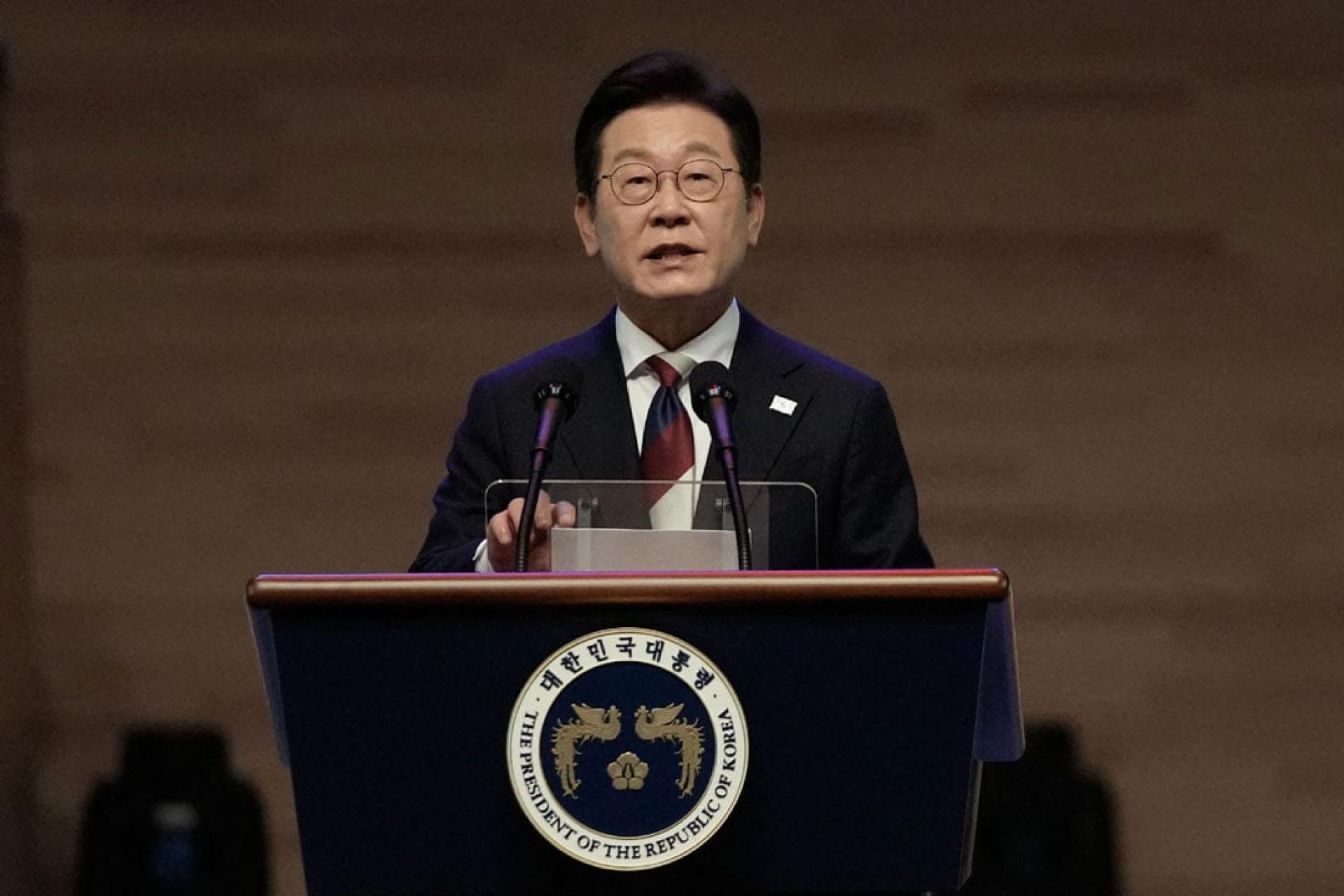South Korean President Lee Jae-myung arrived at Tokyo Haneda International Airport on the 23rd, marking his first visit to Japan since taking office as South Korea’s president.
Lee Jae-myung will meet with Japanese Prime Minister Shigeru Ishiba at the Prime Minister’s residence in Tokyo that evening.
According to Japan’s NHK, during the meeting, Ishiba hopes to reaffirm whether “shuttle diplomacy” between the leaders of the two countries can achieve close communication and build trust between the two leaders. In addition, since this year marks the 60th anniversary of the establishment of diplomatic relations between Japan and South Korea, Ishiba plans to strengthen cooperation between the two countries in various fields, including the economy and people-to-people exchanges.
● Visit Japan First, Then the U.S.
After visiting Japan, Lee Jae-myung will head to the United States for the first time, where he will hold a summit with U.S. President Trump.
The Sankei Shimbun earlier reported under the headline "President Lee Jae-myung’s 'Transformation' and Duality: Is He South Korea’s 'Weathercock'? Japan Should Not Hesitate to Praise Him" on this South Korean leader’s “right-leaning abroad, left-leaning at home” dual-track style.
The Sankei Shimbun noted that after taking office, it is customary for South Korean presidents to visit the United States and meet the U.S. president. But visiting Japan before the U.S. is an exception.
The report stated that Japanese prime ministers also visit the U.S. after taking office, but the first Japanese prime minister to visit South Korea before visiting the U.S. was Yasuhiro Nakasone in 1983; perhaps for this reason, he remains the most popular Japanese politician in South Korea even today.
What has drawn Japan’s attention is that when Lee Jae-myung was an opposition leader, he publicly called Japan an “enemy state.” The party he led criticized former President Yoon Suk-yeol’s friendly stance toward Japan as “humiliating diplomacy” and “traitorous diplomacy.” However, after taking office, he reversed his approach toward cooperation and exchange with Japan, promising to maintain the agreements reached during the Yoon administration.
The report noted that Prime Minister Nakasone was called a “weathercock” at the time, and now Lee Jae-myung’s transformation is also impressive.
A weathercock is a rooster-shaped instrument used to measure wind direction, and is often used metaphorically to describe a person with an unsteady stance.
